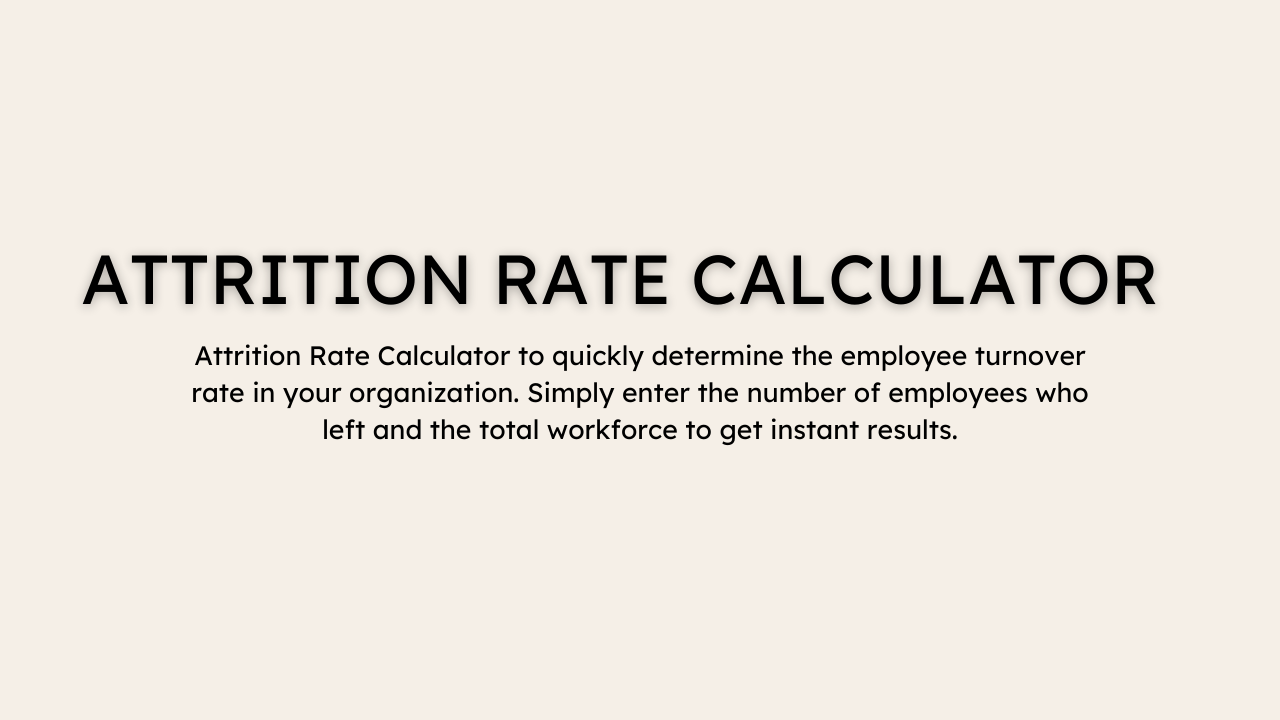What is Attrition Rate?
Attrition rate, also known as employee turnover rate, measures the percentage of employees who leave a company over a given period. It helps businesses track workforce stability and identify potential HR problems.
Key Points About Attrition Rate:
- It includes voluntary resignations, retirements, and layoffs.
- A high attrition rate may signal low employee satisfaction.
- A low attrition rate suggests a stable work environment.
Why is Attrition Rate Important?
Attrition rate is a crucial HR metric because it directly impacts productivity and costs.
1. Helps Identify HR Issues
A high attrition rate may indicate poor management, low job satisfaction, or a toxic work culture.
2. Reduces Hiring and Training Costs
Hiring new employees is expensive. If employees frequently leave, the company spends more on recruitment and training.
3. Improves Employee Retention Strategies
Tracking attrition helps businesses implement better retention strategies, such as improved benefits and work-life balance.
4. Predicts Workforce Stability
Understanding attrition trends allows companies to prepare for future staffing needs and adjust workforce planning.
How to Calculate Attrition Rate?
The attrition rate formula helps businesses determine the percentage of employees who left within a specific period.
Attrition Rate Formula
Where:
- Employees at the Start = The total number of employees at the beginning of the period.
- Employees at the End = The total number of employees at the end of the period.
- Employees Who Left = The number of employees who left during the period.
This formula calculates attrition based on the average workforce size, making it more accurate than simple turnover calculations.
Example Calculation
Let’s assume a company has the following employee data for a year:
- Employees at the start: 500
- Employees at the end: 450
- Employees who left during the period: 80
Using the formula:
So, the attrition rate for the company is 16.84%.
Conclusion
Understanding and tracking the attrition rate is vital for business success. A high attrition rate indicates potential HR problems, while a low rate suggests a stable workforce. Using an Attrition Rate Calculator simplifies this process, allowing HR teams to measure employee turnover quickly and make informed decisions.
